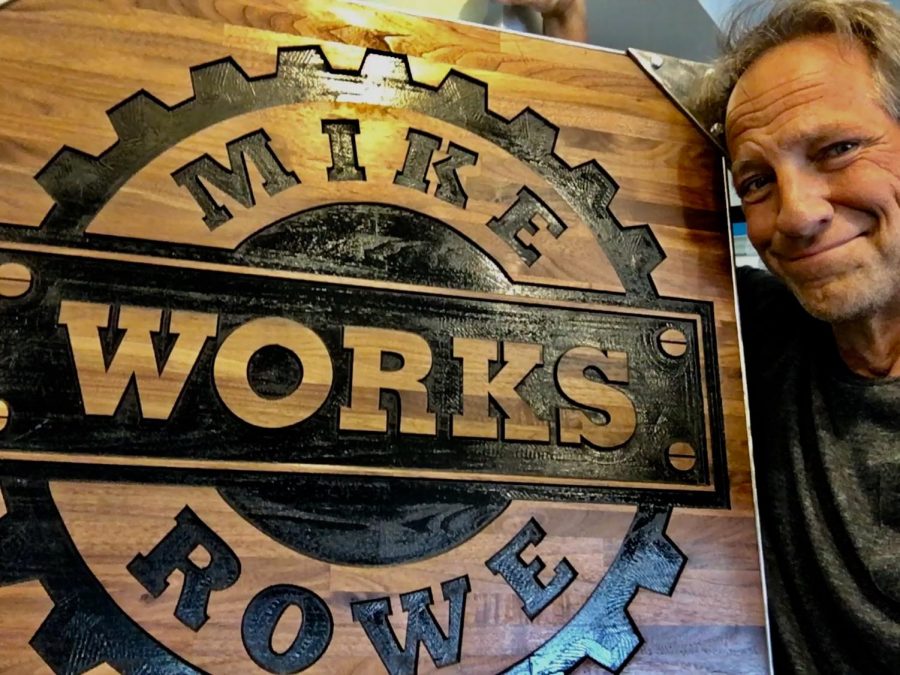For high school students, questions about their future become very frequent. Every conversation with a stranger somehow always leads to a single topic: college.
The idea that a four-year degree is the only way to be successful in life has been almost turned into a subconscious law in American culture.
It’s become so important to Americans that all schools ever try to prepare students for is college afterward. What schools don’t teach — and what they should — is that college is not the only option.
There are two immense downsides of college that schools don’t touch on much: student debt and graduate underemployment.
Student debt is the second-highest consumer debt category in the United States, with over 45 million people who collectively owe over $1.5 trillion. Student debt is a very prominent part of life in America, and most people end up trapped by this debt for the majority of their lives.
A survey featured on Forbes goes further into this issue, asking respondents how student debt has impacted their daily lives. Approximately 80% of respondents stated because of student debt, they can’t save for retirement; this included many people in their 60s who are worried they’ll never be able to pay off their loans and retire.
Not only does student debt immensely affect the chances of retirement, but also keeps many people away from important life experience. The same survey also states that student debt prevented 19% of respondents from getting married, 26% from having children, 56% from buying a home, and 42% from buying a car. On top of that, 1 in 3 respondents stated that student debt was easily the biggest stress in their lives.
But student debt isn’t the only thing to consider, graduate underemployment is also a growing problem which has not been addressed by society.
Graduate underemployment is when one gets underemployed after graduating from college. Underemployed people make less money than they are supposed to, compared to what they should theoretically be making with the degree that they have. To word that more simply, it means their college degree was ultimately useless.
With the rising numbers of students enrolling in college, graduate underemployment only continues to rise. There are simply fewer post-graduate jobs to go around, now that there are so many more graduates to take them.
According to another report on Forbes, 43% of college graduates are underemployed on their first job out of college, 2/3 of those stay underemployed for another 5 years, and just over half of those stay underemployed after 10 years. That means that 15% of all college graduates will be underemployed for 10 years after they graduate — good luck paying off student debt while dealing with that.
But all hope isn’t lost; even though society likes to make students think that college is the only path to success, that’s far from the truth.
According to a report from the Bureau of Labor Statistics, there are more than 7 million jobs available across the country, with the vast majority of them not requiring a four-year degree.
Society tends to leave the impression that those who go down the path of community colleges, trade schools, and apprenticeship programs won’t be as successful as those who go for the classic four-year degree, even though the statistics show that’s a complete lie.
If anything, people who go for these “alternative routes” often find much more financial success because they don’t have the obstacles of student debt and graduate underemployment to deal with, unlike those who pursue a four-year degree.
Mike Rowe, an avid supporter of these “alternative routes,” has a goal of showing high school students these career routes that are just as important as the others. “America is lending money it doesn’t have to kids who can’t pay it back to train them for jobs that no longer exist. That’s nuts,” he stated on the website for his foundation.
While the idea of the future is a very stressful topic for many students at PV and all around the world, it’s important to recognize the other opportunities that are also available in this country. Make sure to look at all the options; not just the options society tries to force on students.









